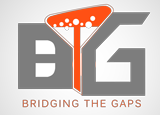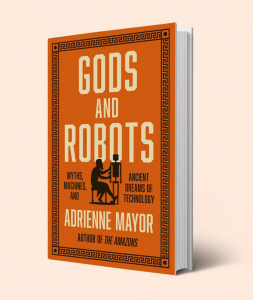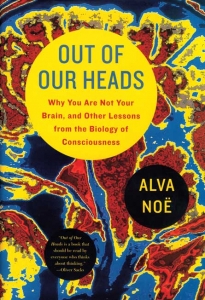When Galileo pointed his telescope towards Saturn (circa 1610), he was not able to fully understand what was around the planet; in 1659 Christian Hygen published a drawing of the ring of Saturn and suggested there was thin, flat ring around the planet. He observed that the ring was inclined to the ecliptic and didn’t touch the planet.
In 1675, Giovanni Domenic Cassini described that Saturn’s ring was composed of multiple smaller rings with gaps between them. In 1787, Pierre-Simon Laplace suggested that the rings were composed of a large number of solid ringlets. Research on the rings around Saturn continued and in 1859 James Clerk Maxwell demonstrated that the rings could not be solid or they would become unstable and break apart.
When looked at from a distance, rings around Saturn appear thin with smooth surfaces; however close up images captured by various robotic space missions and additional data collected by sensors onboard several spacecraft visiting and flying-by Saturn show that there are number of dynamic processes happening in these ring systems, and there are horizontal as well as vertical surface features. When sunlight hits the surface of these rings at an angle, dark shadows of mountains and dark valleys become visible and various patterns become noticeable; this informs us that these surfaces are not smooth as previously thought. Also, it has been observed that the tilt of the ring system is not fixed. Research shows that if something has changed the tilt of a ring system, an analysis of the ripple patterns exhibited by the particles forming these rings can inform us the cause of this change. Thus by observing and studying the structure of rings and the dynamic processes going on in these rings, one can learn a lot about the history of the host planet and the system within which the planet exists. An interesting aspect of studying planetary ring systems is the question that can an understanding of dynamic processes that occur in planetary ring systems inform us about the similar processes that occur during the formation of solar systems and spiral galaxies.
Dr Mark Showalter works on some of NASA’s highest profile missions to outer planets. He has been a member of Cassini Mission Science Team for nearly a decade, and has been involved in the observations of Jupiter’s rings using New Horizons spacecraft. A frequent user of Hubble Space Telescope, Dr Showalter has to his credit the discovery of Jupiter’s outer most ring, Saturn’s moon PAN, and two moons and two faint rings around the planet Uranus. In a presentation Dr Mark Showalter describes himself as a ring geek. In this podcast Dr Showlater discusses planetry ring systems in detail; this podcast is about everything that a curious mind should know about planetary ring systems.



Connect With Us